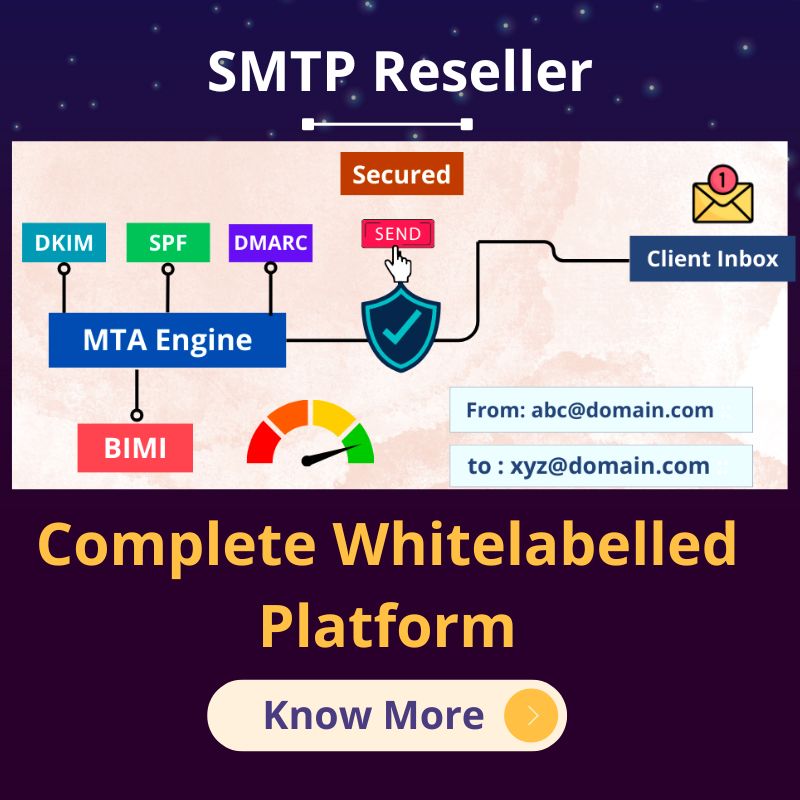Our marketing team should concentrate on overcoming the Top Email Marketing Challenges and Solution of 2019. In this blog, you will read about some of the top challenges email marketers face and the tactics you can use to overcome them.
There are some inherent challenges in marketing a service business, but they can be overcome. When marketing services, you apply the same marketing mix principles used for products: place, price, promotion, and product which is your service. Added to this mix are emphases on people, process and physical evidence.
Top Email Marketing Challenges
However, Email faces some problems that are unique to the industry. That is, Web-based enterprises have a special set of challenges that traditional brick-and-mortar businesses do not have. Some of the Email Marketing Challenges faced by the businesses they are presented below:
Email Spamming
People agree that spam is a serious problem, but they have difficulty agreeing. It’s now ten years later and more than 70% of emails are spam. Email Spamming is the big Email Marketing Challenges. Spam email, those unsolicited email messages we find cluttering our inboxes, are a challenge for Internet users, businesses, and policymakers. So, Email spam, or junk email, bulk messages sent through email. Some reasons why emails are Go to Spamming-
- IP Address Was Used for Spam
- You Have Low Mailbox Usage
- Your Subject Line is Misleading
- Used Spam Trigger Words
- Did not Get Express Permission to Email
Domain Reputation
However, Domain Reputation is the biggest problem. Domain reputation would essentially allow you to maintain your reputation without worrying about individual IPs. also, IPs use sender reputation to decide whether (or not) they will deliver your email messages to your subscribers. Also, This sending reputation is based on your IP address.
The takeaway is that properly segmenting your transactional traffic by IP and domain, protects your important mail from potential reputation issues, and it makes it easier for mailbox providers to mitigate email deliverability issues when they come up. following are terms to increase Domain Reputation-
- Prime your IP for success
- Register a subdomain and use it only for email activity
- Implement a sender policy framework
- Check your sender reputation
- Check feedback loops
- Stick to a consistent send schedule
- Use a double opt-in or confirmed opt-in
- Purge your list
Ip Reputation
Sender Score is a number between 0 and 100 that identifies your sender reputation and shows you how mailbox providers view your IP address. Also, Mailbox providers take a lot of metrics into consideration to determine your sender reputation including spam complaints, mailing to unknown users, industry blacklists, and more.
Hence, IP reputation works differently depending on whether you using dedicate and higher complaint rates or other reputation or deliver challenges. although IP reputation is an extremely effective tool in identifying the IP address that is sending to unwanted requests. also, You use the IP reputation list to preemptively reject requests that are coming from the IP with a bad reputation. Following are some examples of attacks that you can prevent by using IP Reputation-
- Virus Infected personal computers
- Centrally managed and automated botnet
- Compromised web-server
- Known spammers and hackers.
- Mass e-mail marketing campaigns.
Ip warm up
This process of ISP courtship is commonly known as an IP warm-up. However, An IP warm-up is a period of time where you’re working to establish your sender reputation by slowly scaling up the volume of your email sends.
Hence, The goal with IP warm-up is to avoid and/or mitigate deliverability issues that come with a lack of reputation. Such as blocks, deferrals, or bounces. The goal of warming up is to ramp up your sending volume to your anticipated “normal” levels. also, There are some Guidelines for IP warm Up-
- Send first to your best, most active customers.
- end consistently
- Creating non-time-sensitive campaigns
- Increase the hourly rate gradually.
- Monitor your logs
DNS Record
The ‘Site Not Found’ error means the IP address your domain is using is not pointed to the correct IP. Also, More technically, the ‘Site Not Found’ error means that the DNS records for your domain are resolving to the IP address of an Apache web server service that is not configured for your domain. Here are some of the most common problems experienced by DNS-
- Improperly Configured DNS Records. DNS problems usually stem from the improper configuration while of DNS records during most times.
- High TTL Values. TTL refers to time to live
- DDOS Attacks
- Hardware/Network Failures
- High DNS Latency
ISP Blocking
Hence, The easiest option for checking whether or not your ISP is blocking a website is to use the free Opera browser. Therefore, Opera has a free VPN service built into the browser. The VPN makes your browsing secure and gives you a virtual IP address so it seems as if you are browsing websites from another internet provider.
How to access your ISP Blocking-
- Use VPN for unblocking
- Become Anonymous: Use Proxy Websites
- Use IP Rather Than URL
- Change Network Proxy In Browsers
- Use Google Translate
- Bypass censorship via Extensions
- URL recasting method
- Replace your DNS Serve










